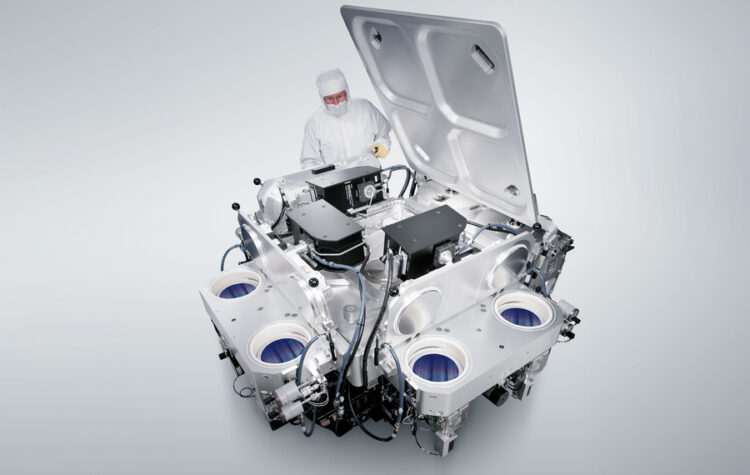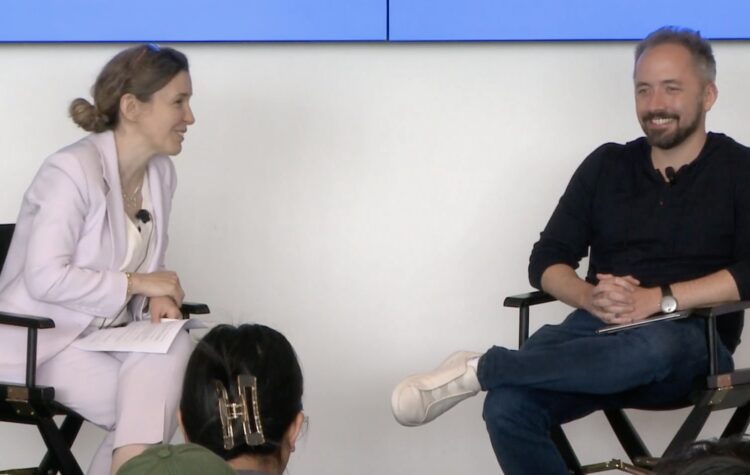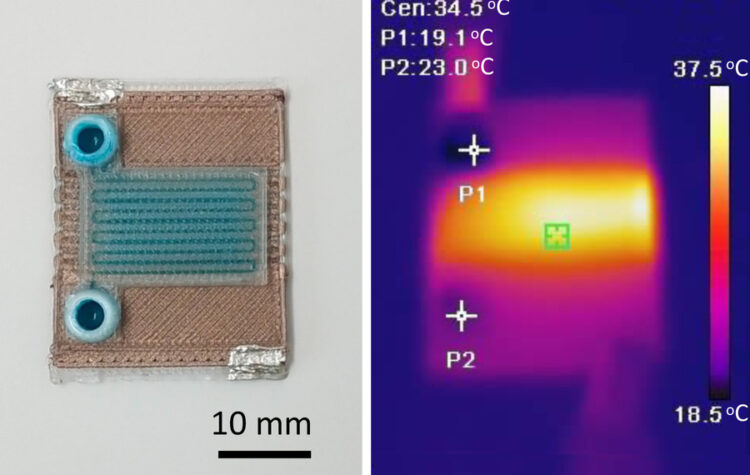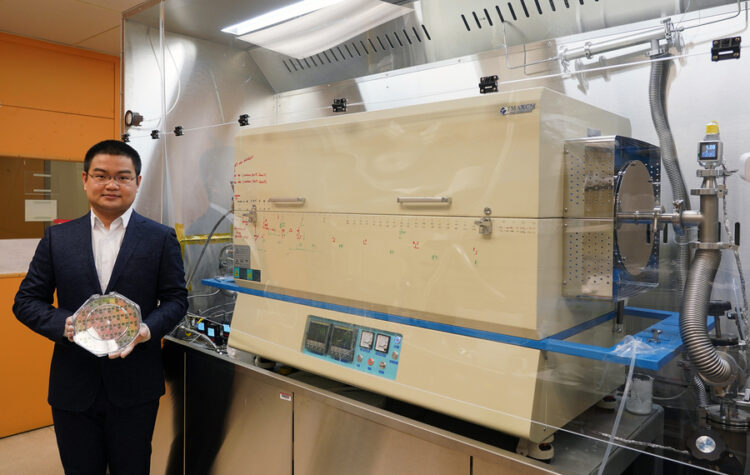
Ranking at the top for the 13th year in a row, the Institute also places first in 11 subject areas.

The Institute also ranks second in five subject areas.

The Department of Electrical Engineering and Computer Science (EECS) is proud to announce multiple promotions.

The advanced fabrication tools will enable the next generation of microelectronics and microsystems while bridging the gap from the lab to commercialization.

The advance opens a path to next-generation devices with unique optical and electronic properties.

Founded in 2019, The EECS Alliance program connects industry leading companies with EECS students for internships, post graduate employment, networking, and collaborations. In 2023, it has grown to include over 30 organizations that have either joined the Alliance or participate in its flagship program, 6A.

The one-step fabrication process rapidly produces miniature chemical reactors that could be used to detect diseases or analyze substances.

The Nano Summit highlights nanoscale research across multiple disciplines at MIT.

This ongoing listing of awards and recognitions won by our faculty is added to all year, beginning in September.

A new low-temperature growth and fabrication technology allows the integration of 2D materials directly onto a silicon circuit, which could lead to denser and more powerful chips.